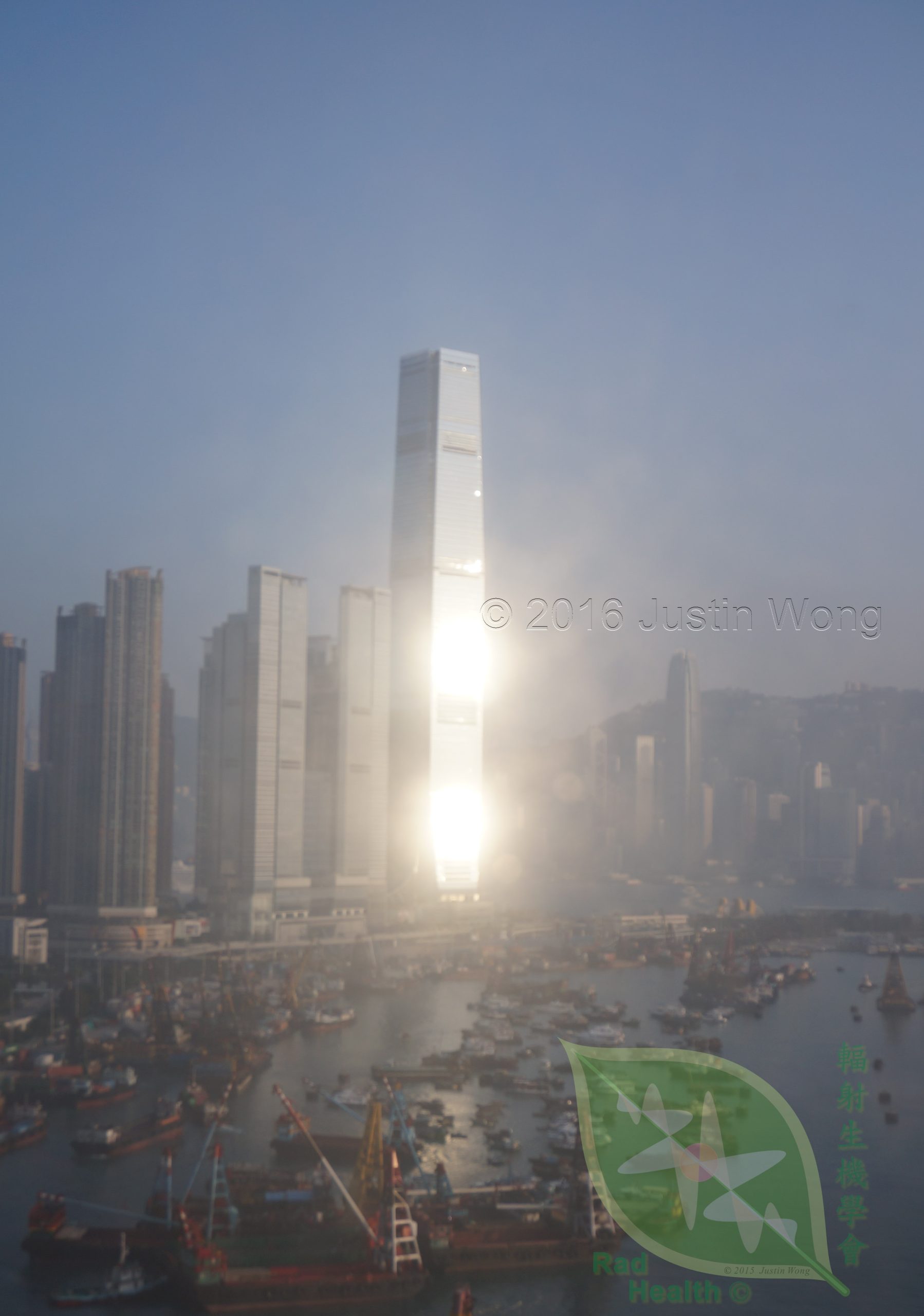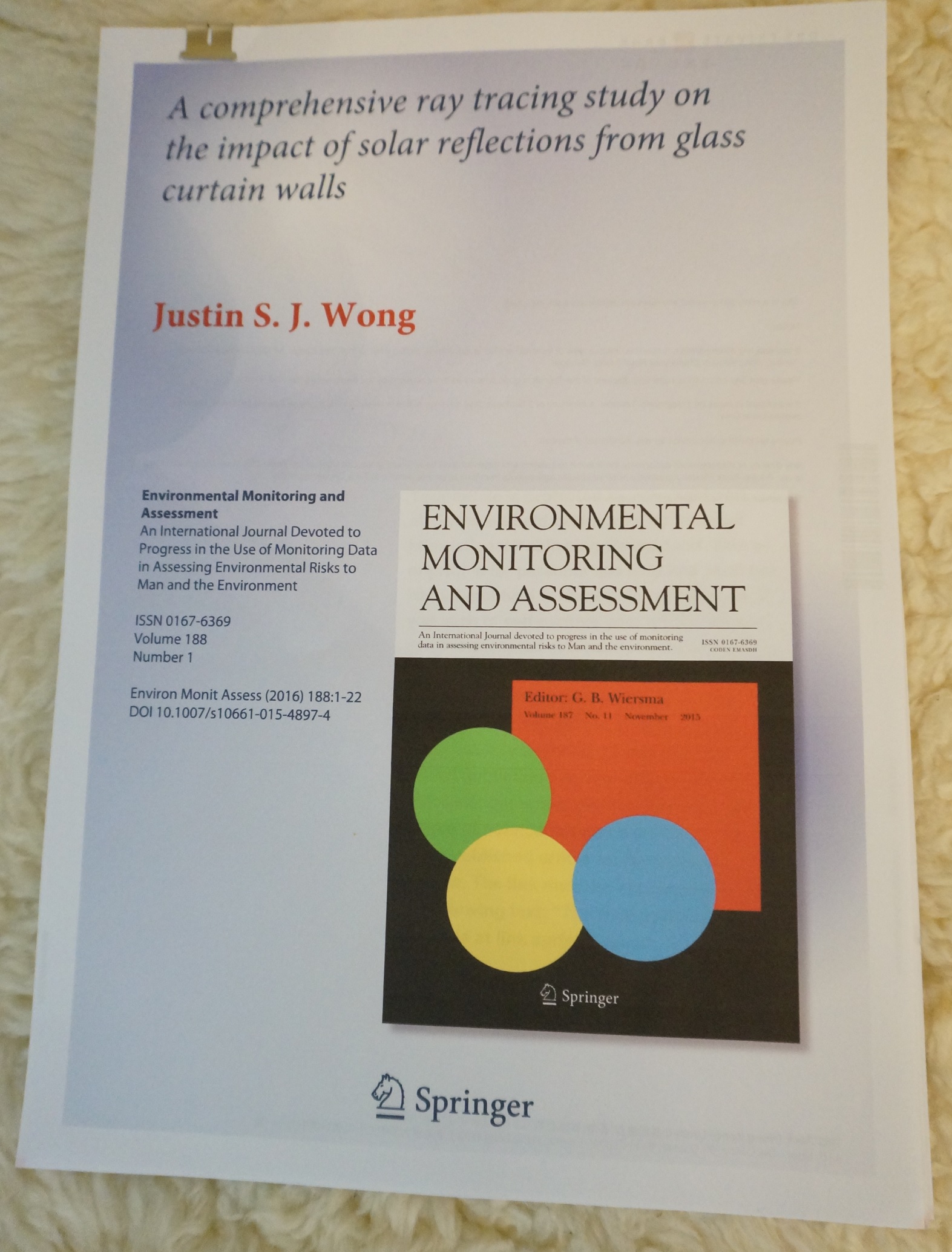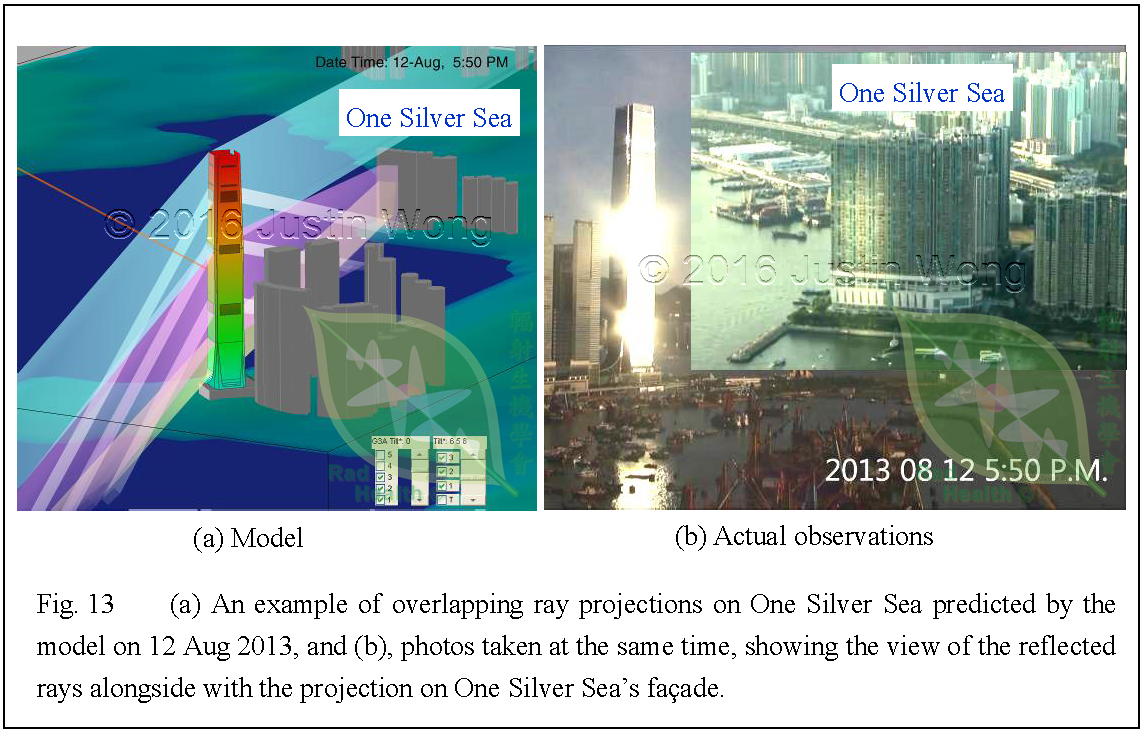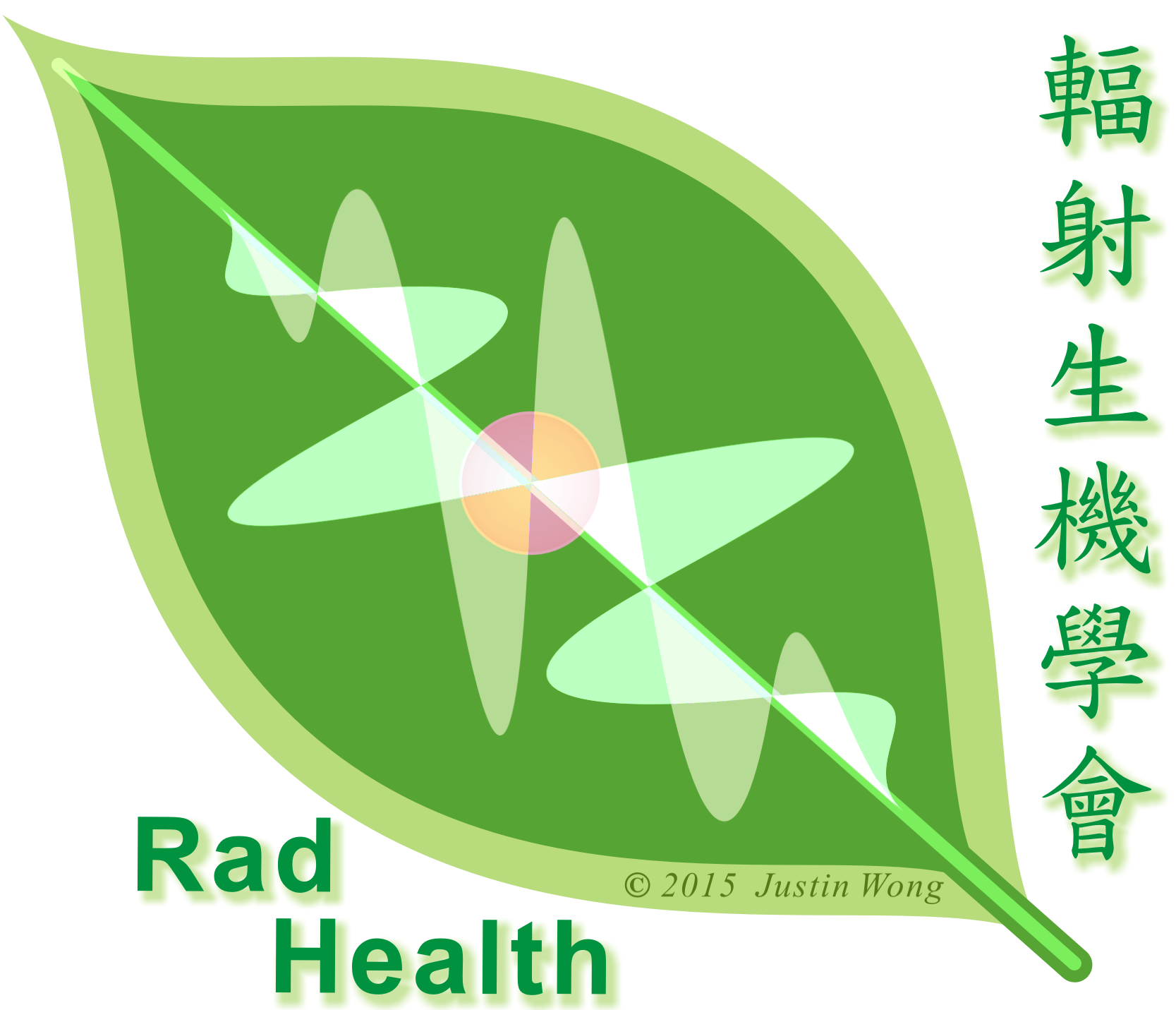Solar Radiation from Glass Walls
Solar radiations reflected from skyscrapers in various countries have caused nuisance, health hazards, damages, blinding glare to drivers. A pioneering ray tracing study by Dr. Justin Wong demonstrated that this can be avoided in environmental impact assessment during the planning stage, especially for big buildings with huge facades.


“A comprehensive ray tracing study on the impact of solar reflections from glass curtain walls”
Dr. Justin Wong
January 2016, 188:16
First online: 08 December 2015
http://link.springer.com/article/10.1007/s10661-015-4897-4

ICC glass panel and overall model
Fig. 2 in Text
Abstract
To facilitate the investigation of the impact of solar reflection from the façades of skyscrapers to surrounding environment, a comprehensive ray tracing model has been developed using the International Commerce Centre (ICC) in Hong Kong as an example. Taking into account the actual physical dimensions of buildings and meteorological data, the model simulates and traces the paths of solar reflections from ICC to the surrounding buildings, assessing the impact in terms of hit locations, light intensity and the hit time on each day throughout the year. Our analyses show that various design and architectural features of ICC have amplified the intensity of reflected solar rays and increased the hit rates of surrounding buildings. These factors include the high reflectivity of glass panels, their upward tilting angles, the concave profile of the ‘Dragon Tail’ (glass panels near the base), the particular location and orientation of ICC, as well as the immense height of ICC with its large reflective surfaces. The simulation results allow us to accurately map the date and time when the ray projections occur on each of the target buildings, rendering important information such as the number of converging (overlapping) projections, and the actual light intensity hitting each of the buildings at any given time. Comparisons with other skyscrapers such as Taipei 101 in Taiwan and 2-IFC (International Finance Centre) Hong Kong are made. Remedial actions for ICC and preventive measures are also discussed.


